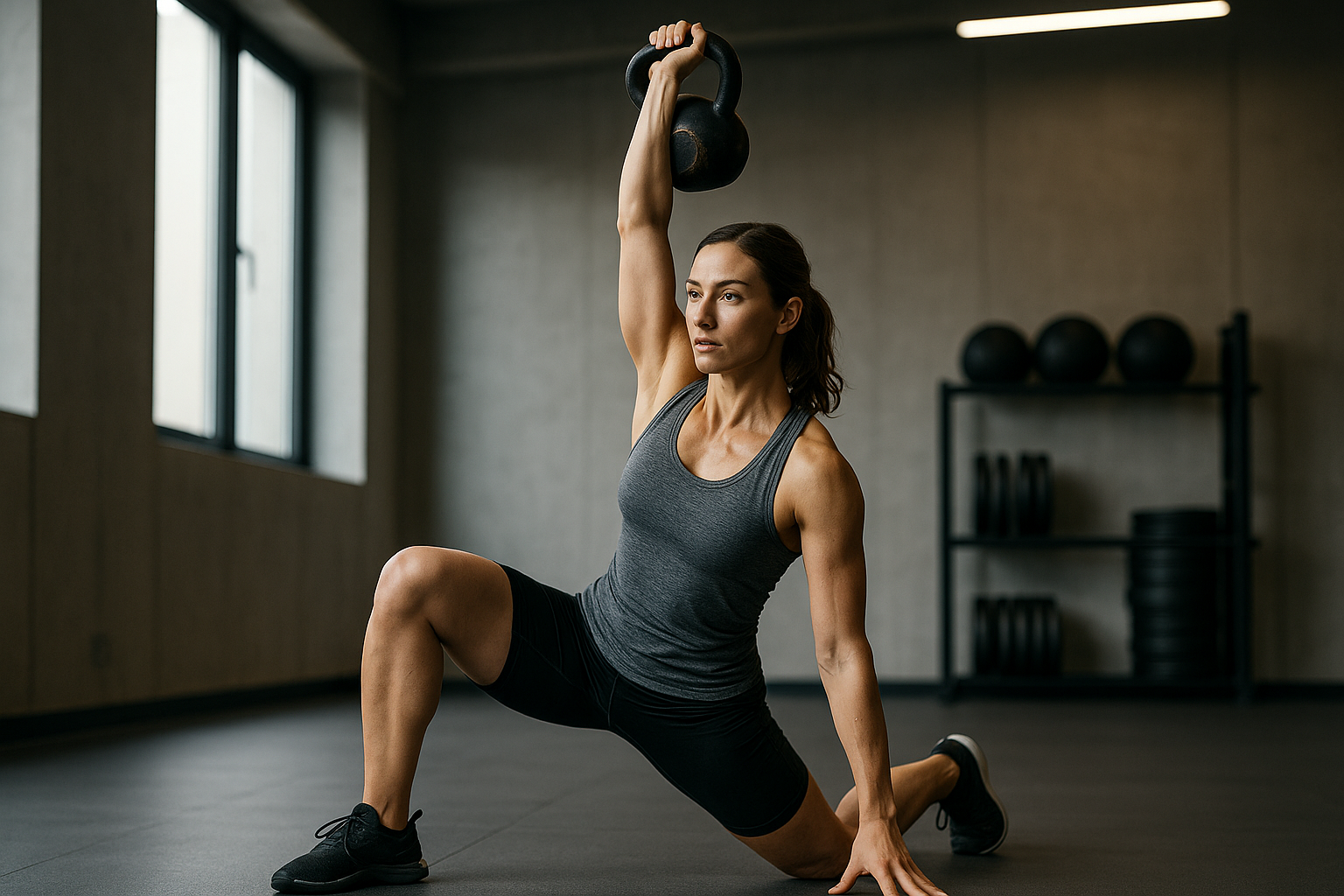Embracing the Power of Functional Fitness: A New Wave in the Beauty and Wellness Industry
In the dynamic realm of beauty and wellness, a trend is making waves that has its roots grounded in the basic principles of human movement. Functional Fitness, a practice that trains your muscles to work together and prepare them for daily tasks by simulating common movements, is redefining the concept of fitness and wellness.

The Emergence of Functional Fitness
The concept of functional fitness is not new. It originated in the realm of physical therapy and rehabilitation. The goal was to help patients regain their ability to perform ordinary tasks after injuries. In the 1990s, it started gaining popularity in the fitness industry as a potential way to improve overall fitness and prevent injuries.
The approach of functional fitness is contrasting to traditional gym routines that isolate specific muscle groups. Instead, it emphasizes on working out multiple muscle groups together, mimicking the movements we make in our daily lives.
Current Trends and Analysis
Functional fitness has gained significant momentum over the last few years, and experts predict it to be a leading trend in the future. According to a survey by the American College of Sports Medicine, functional fitness was listed among the top fitness trends for 2020.
The rise of functional fitness can be attributed to a shift in the fitness industry towards more holistic and all-inclusive wellness practices. Traditional gym workouts have been criticized for being too focused on aesthetics and not on practical strength and flexibility. Functional fitness addresses these criticisms by emphasizing movements that improve the quality of daily life.
The Impact of Functional Fitness on the Market
Functional fitness has created a paradigm shift in the fitness industry. It has influenced the design of workout routines and the manufacturing of fitness equipment. The demand for kettlebells, stability balls, resistance bands, and other functional fitness equipment has skyrocketed in recent years.
Moreover, it has also sparked a change in the structure of fitness spaces. Traditional gyms are being replaced by functional fitness studios that offer dynamic workout spaces equipped with ropes, sandbags, sleds, and battle ropes.
The Benefits of Functional Fitness
Functional fitness provides a multitude of benefits. It enhances strength, stability, and mobility, making everyday tasks easier. It also improves balance and agility, reducing the risk of falls and injuries.
Another significant benefit of functional fitness is its potential to increase the quality of life. By mimicking daily activities, it prepares the body for real-life situations. This makes it particularly beneficial for older adults who want to maintain their independence.
Evidence-Based Recommendations for Functional Fitness
To get the most out of functional fitness, it’s crucial to focus on form and technique. Incorrect form can lead to injuries. It’s also important to incorporate a variety of exercises to challenge different muscle groups.
For beginners, it’s recommended to start with simple exercises like squats, lunges, and push-ups. As you gain strength and confidence, you can incorporate more complex moves like kettlebell swings and medicine ball throws.
In conclusion, functional fitness is a powerful tool that promotes overall wellness and longevity. It represents a fresh perspective on fitness, moving away from aesthetics and towards practicality and usefulness in daily life. As it continues to gain popularity, it will undoubtedly shape the future of the fitness industry.




